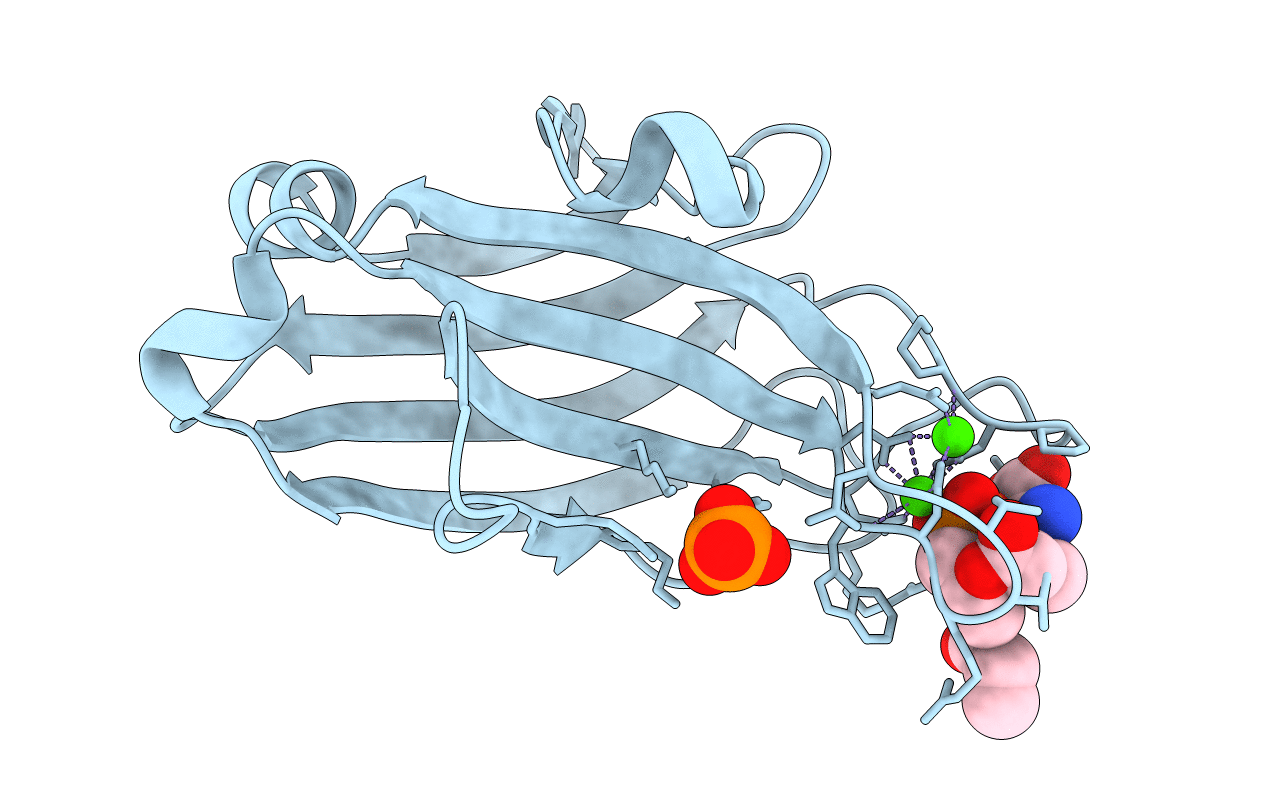
Deposition Date
2000-01-10
Release Date
2000-01-26
Last Version Date
2024-02-07
Entry Detail
PDB ID:
1DSY
Keywords:
Title:
C2 DOMAIN FROM PROTEIN KINASE C (ALPHA) COMPLEXED WITH CA2+ AND PHOSPHATIDYLSERINE
Biological Source:
Source Organism:
Rattus norvegicus (Taxon ID: 10116)
Host Organism:
Method Details:
Experimental Method:
Resolution:
2.60 Å
R-Value Free:
0.23
R-Value Work:
0.19
Space Group:
P 32 2 1


